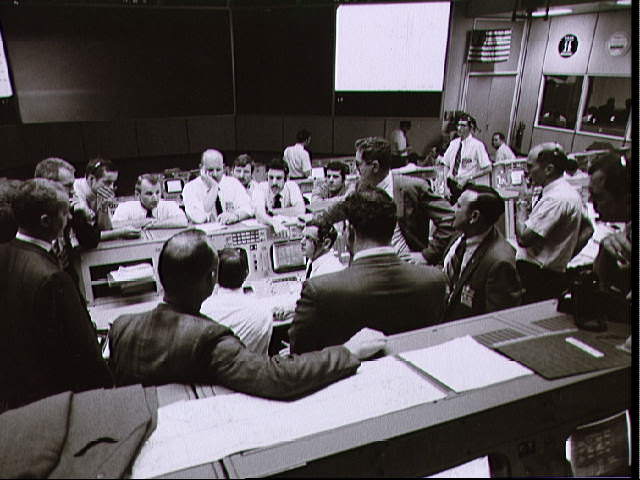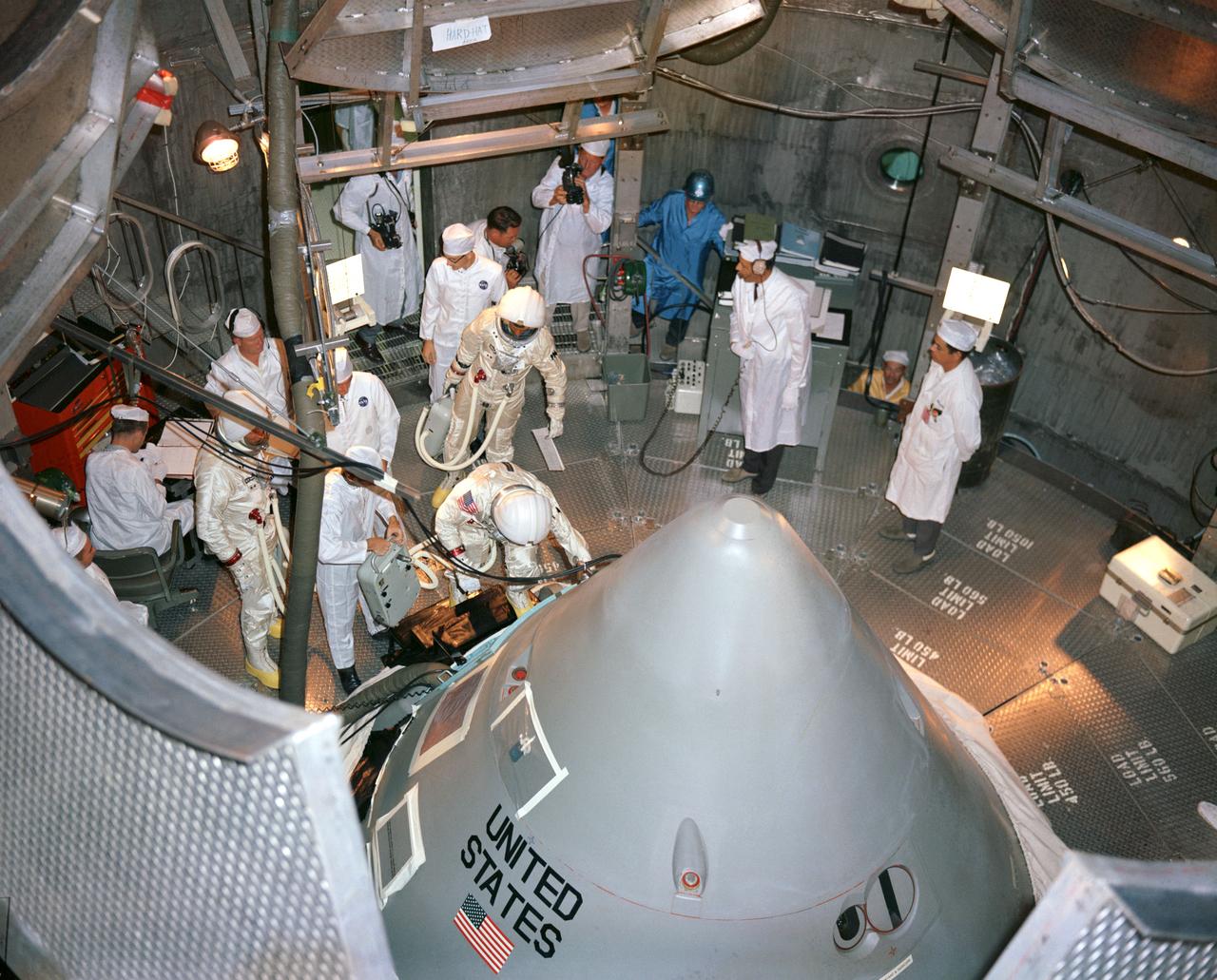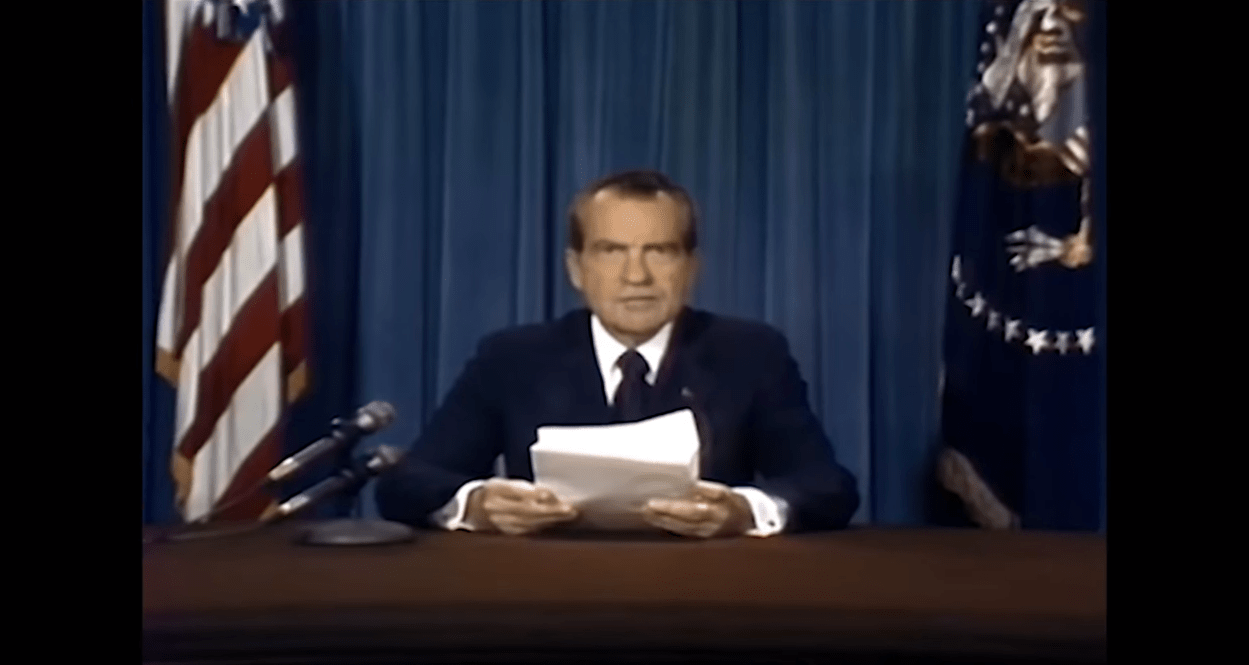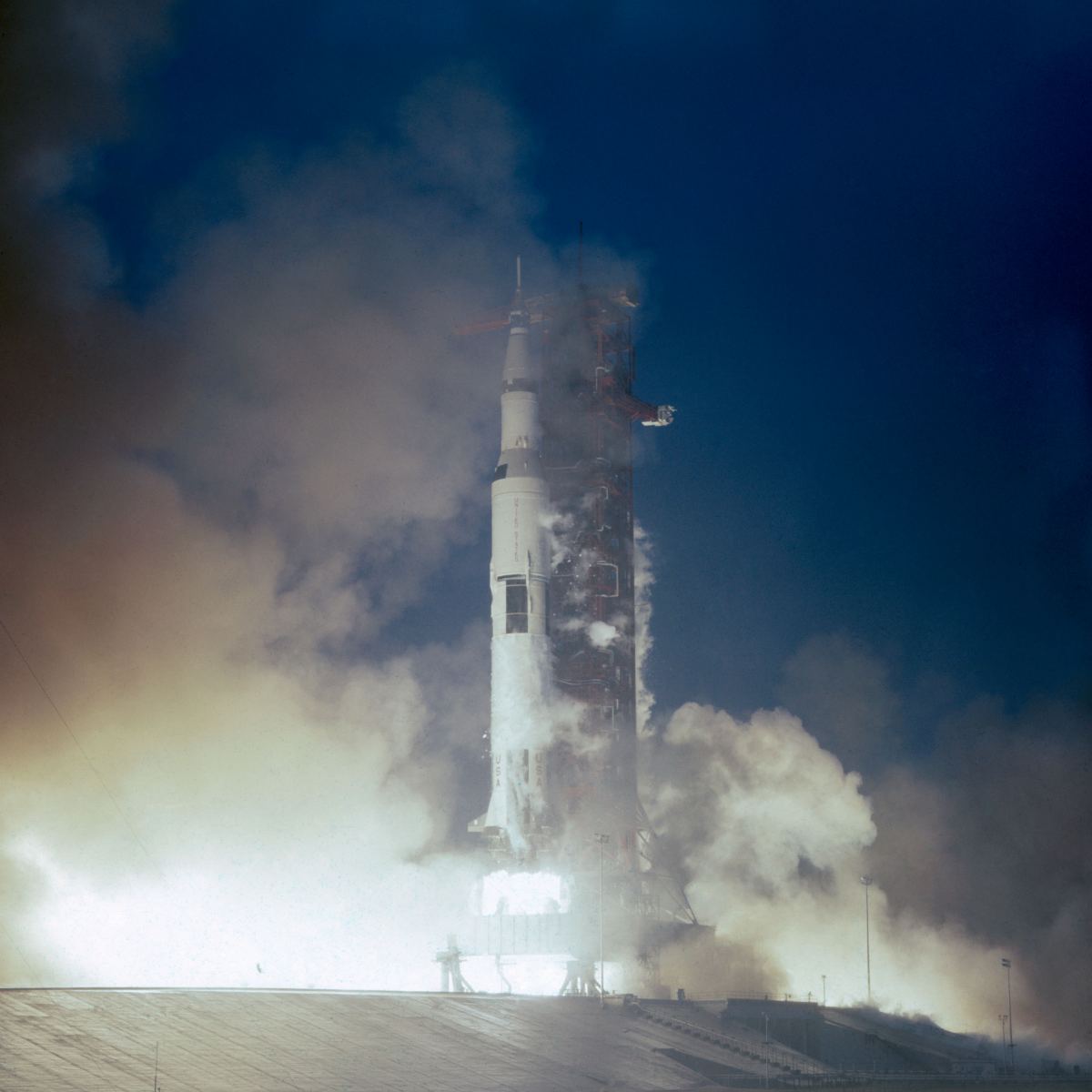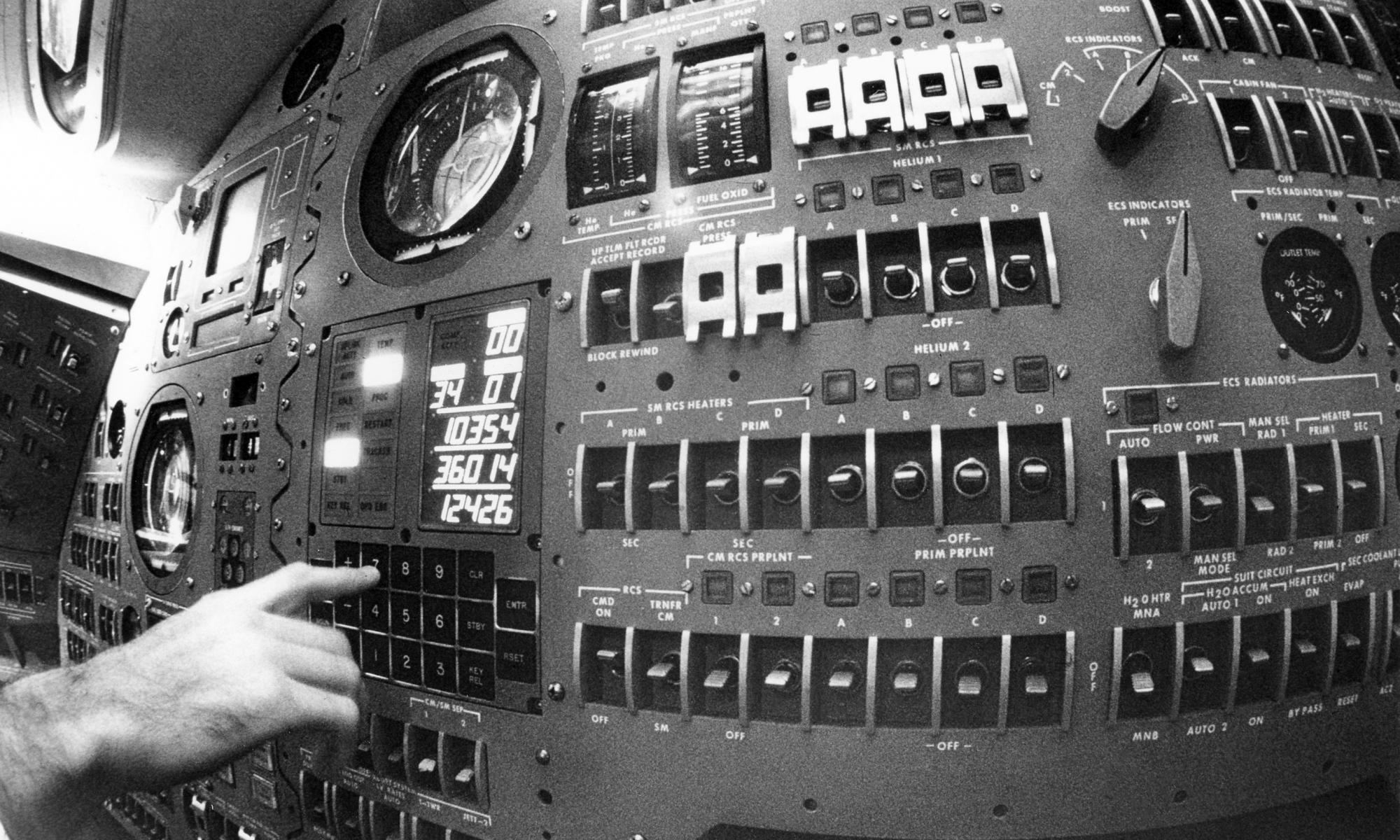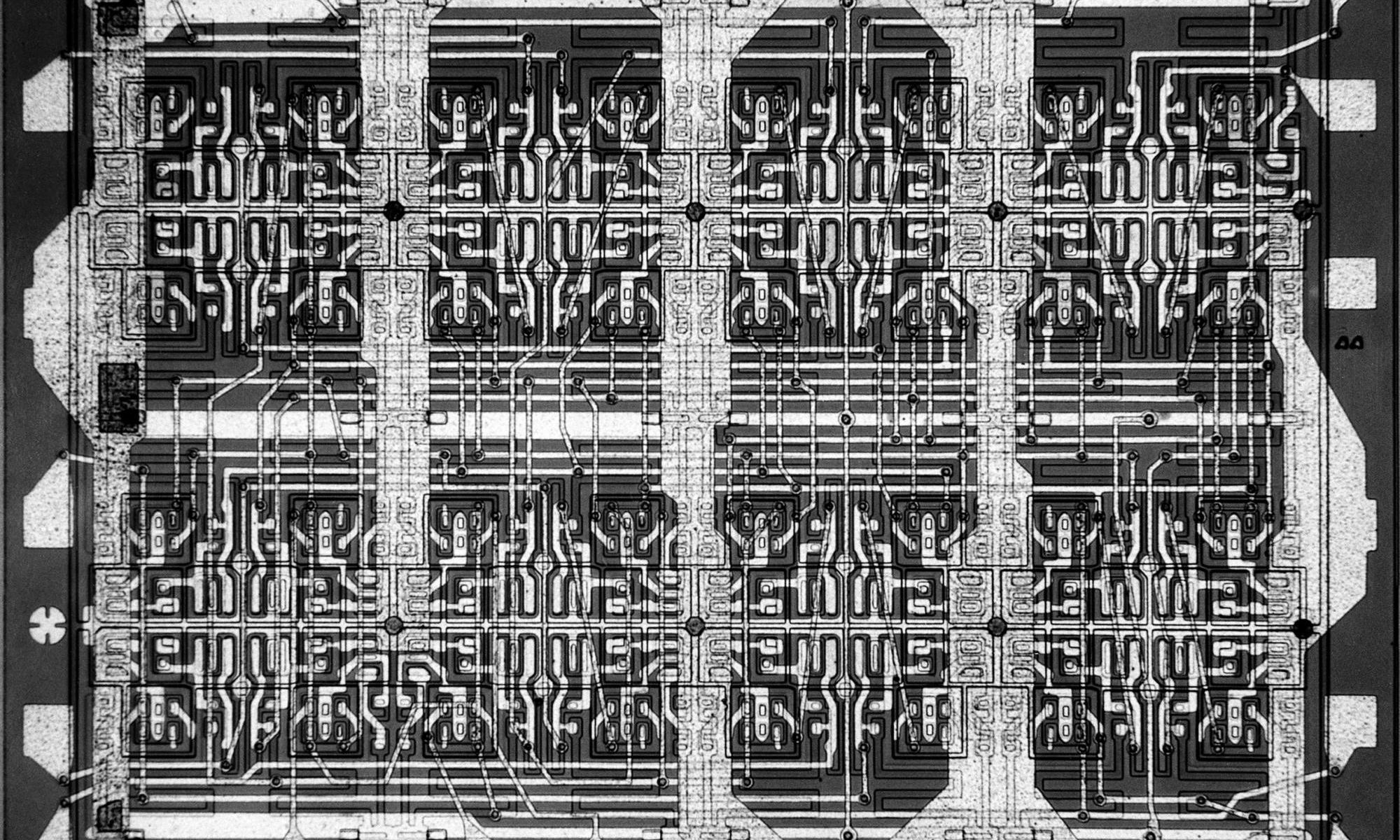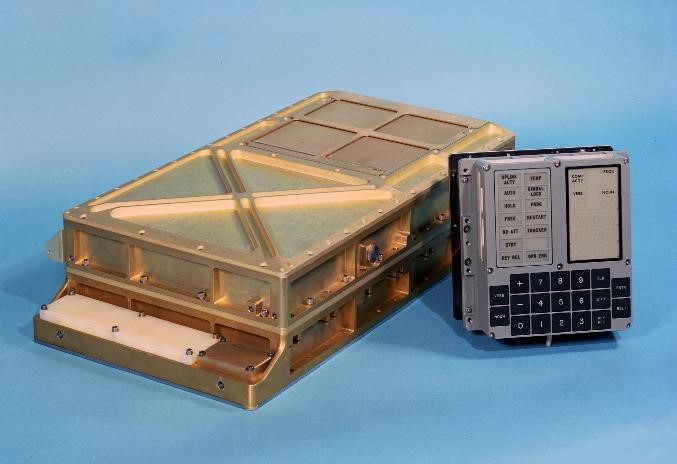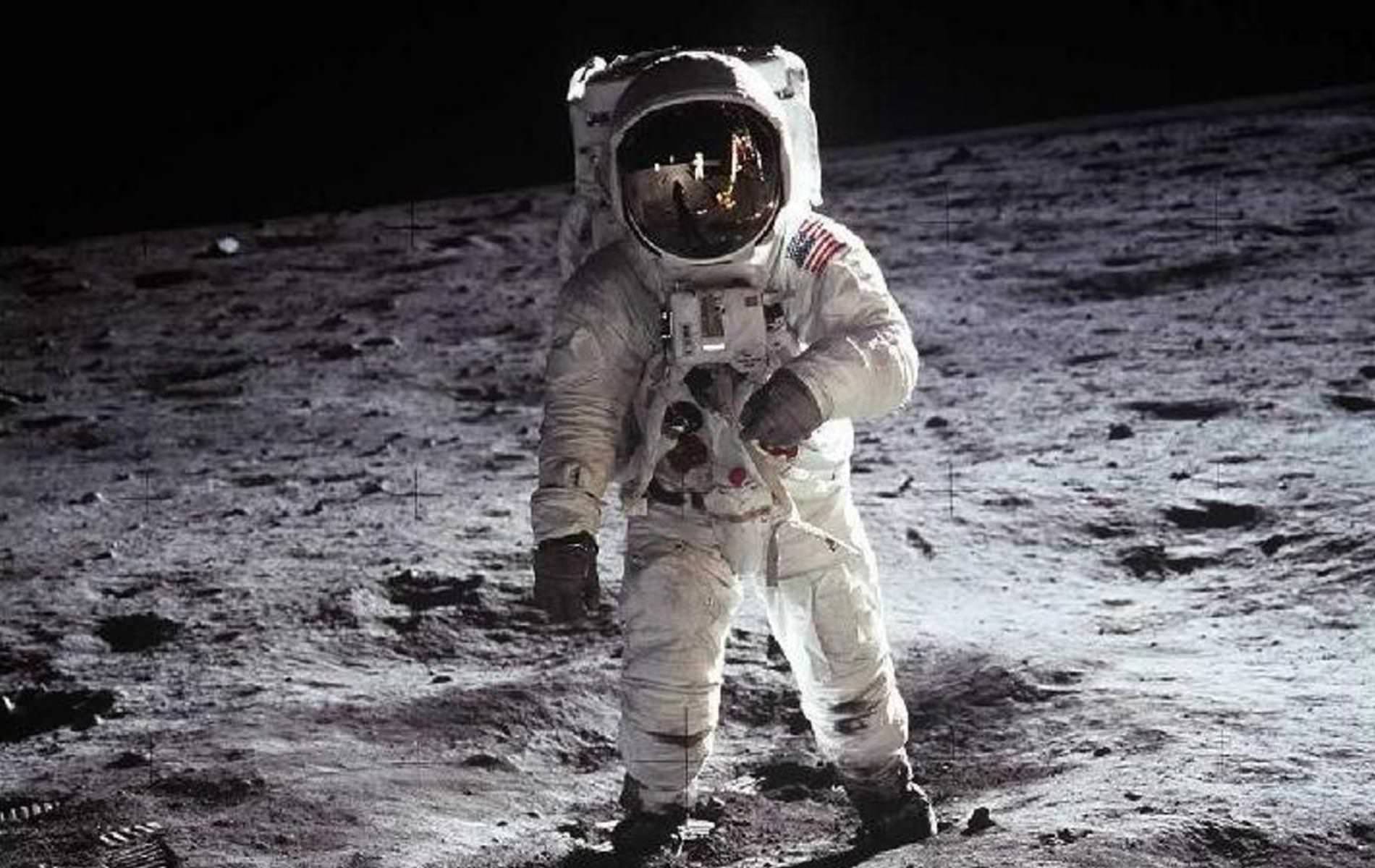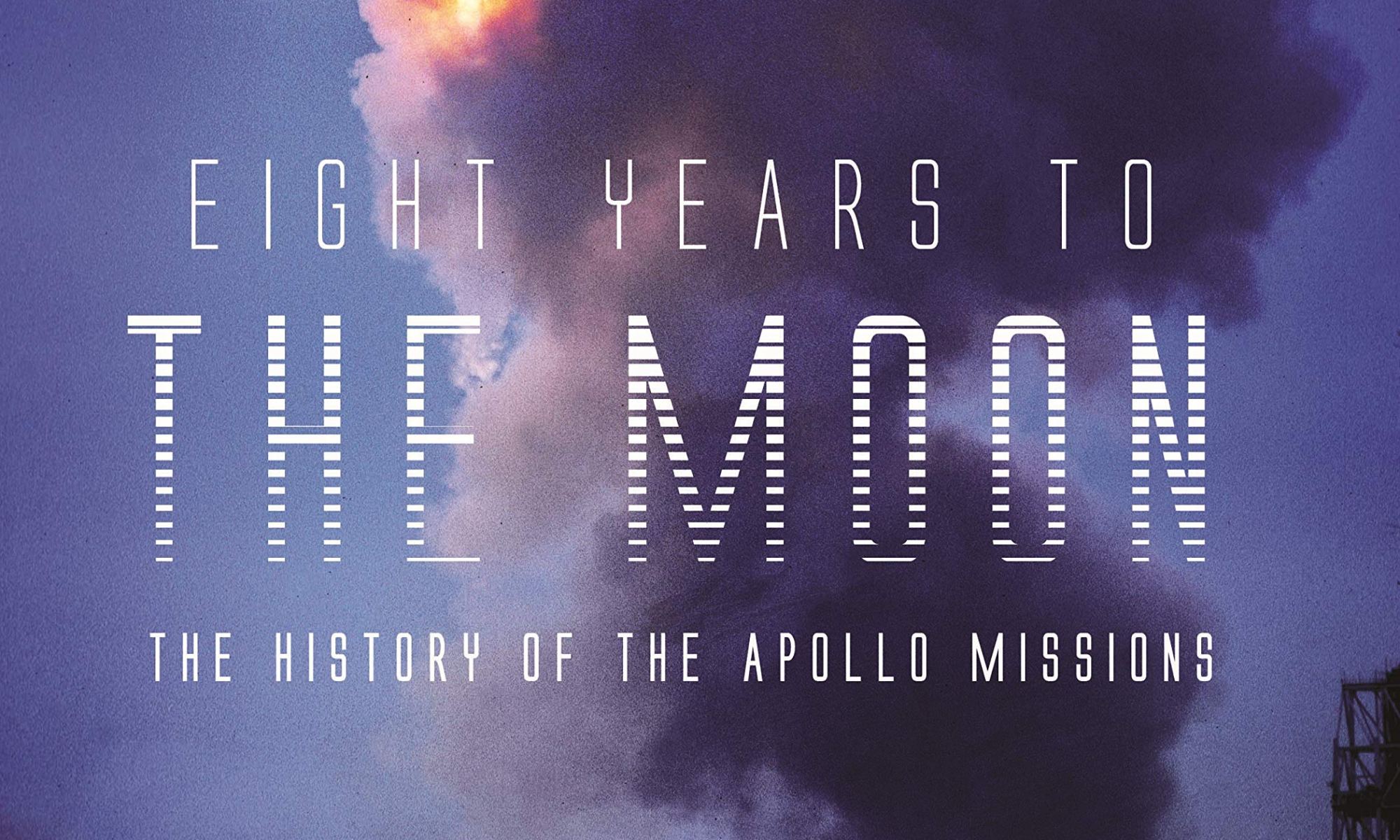Following the explosion of an oxygen tank in Apollo 13’s Service Module on April 13, 1970, approximately 56 hours into the mission, the situation was bleak. With the Command Module (CM) without any power, the Lunar Module (LM) was activated as a life boat to sustain the crew. The task ahead – to save the spacecraft and the crew, and get them home again — would require an incredible amount of innovation by both the Apollo 13 astronauts and the engineers back on Earth.
The explosion caused the loss of the main source for oxygen, water, and most importantly, electrical power for the CM. With only 15 minutes of power left in the CM, astronaut Jack Swigert powered down the CM while Jim Lovell and Fred Haise got the LM up and running.
For engineers on the ground, one of the biggest concerns was maintaining enough electrical power in the LM and then creating enough power in the CM to power it back up again for reentry to Earth.
Continue reading “Even More Things That Saved Apollo 13: Charging the Batteries”
